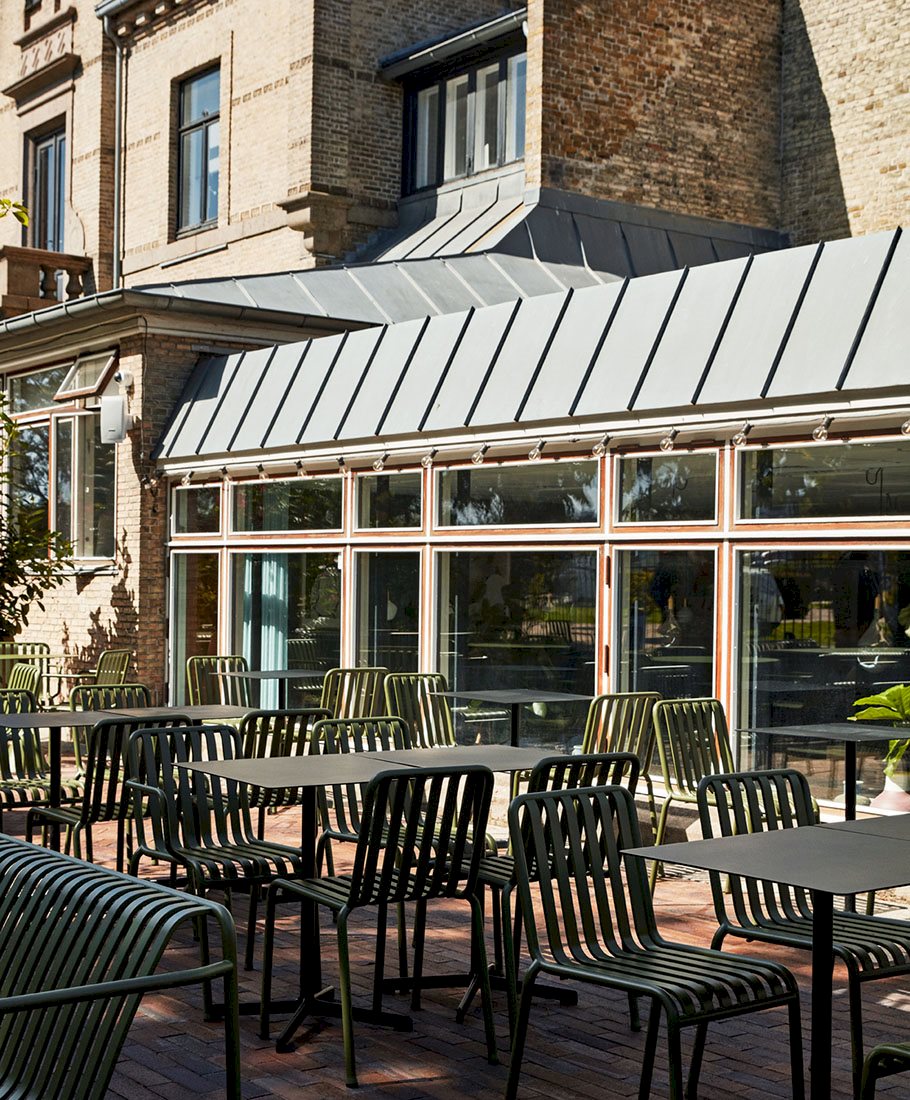DESIGNING A BETTER TOMORROW
With work and life entering a new era, HAY can help organisations seize this opportunity to reinvigorate their culture, improve the health and productivity of their teams, and foster a greater sense of belonging for their people.
Since the start of the pandemic, the world’s understanding of the very notion of “work” has had to expand beyond a range of activities that takes place in an office.
Organisations across industries began testing out distributed work strategies. While many leaders were surprised at how productive employees could be working from home, a lack of serendipitous interactions and impromptu face-to-face conversations have led to an erosion of both the “weak ties” and the stronger workplace connections that are vital to long-term morale and well-being.1
The insights MillerKnoll gathered throughout the pandemic point to a widespread shift in mindset. More than ever, people are acknowledging the depth of the constraints that impact daily life, at work and at home.
HAY has helped define the modern workplace by offering relevant solutions to a myriad of organisations who were looking to modernise the ways they support people and their work; and will continue to support new ways of working, transform corporate real estate, and strengthen community.
Transform your Real Estate through Inclusive Environments
Hybrid working gives people the flexibility to choose to work outside of the office when that’s the best choice for them and their work. But the office itself can be reimagined to better support the full range of work experiences that hybrid workers want to have when they do come into the office.2 At HAY, we recognize the power of hybrid work to improve people’s work experience in the short term. We also see the move toward hybrid as an opportunity to reduce pressure on the office in the long term—not by diminishing its size or importance but instead by freeing up space to fine-tune the modern workplace for those experiences that it’s uniquely suited to support.
Therefore, the shift many organisations are making toward a hybrid workplace strategy requires rethinking their physical spaces. For the best workplace experience, the office should be designed to support Community Restoration, Team Immersion, and Individual Focus and Reflection, and Work from Home setups.
Community Restoration
By providing areas that encourage people to interact with their extended networks, the office can help re-establish these connections. These connections are critical for setting and maintaining culture and for helping people feel a sense of purpose and belonging at work.
Team Immersion
To better accommodate longer-term team collaboration, spark new thinking and create more opportunities for spontaneous interaction, organisations need to flip the prevailing model of workplace design and shift emphasis from individual workstations to group spaces.
By following more of a neighborhood model—in which team space is owned and individual spaces are shared within it—the modern workplace can provide a more immersive team experience that better supports the full range of collaborative work.
Individual Focus and Reflection
Team members who need time alone to form well-rounded thoughts, ideas, and creations require spaces within the modern workplace where they can achieve deep, productive focus while still staying connected to their organisation.
Work from Home
The home office is a critical piece of supporting the work experience for hybrid workers – so they have the same furnishing setup considerations that their organisation provides for them in the office when they work from home.
Inclusive Design
At HAY, we see the power of design as an instrument to help organisations provide more equitable, flexible work areas and experiences through inclusive design.
Inclusive design is a method for approaching design that focuses on the well-being of the people who use the design. It considers a full range of human abilities as its starting point. Designs that follow inclusive design principles work well for everyone without special accommodation.3
To help organisations apply inclusive design to the task of creating more inclusive environments in the modern workplace, we’ve outlined three guiding principles.
1. Go beyond barrier-free.
Eliminate real or perceived cognitive, social, or physical barriers to successful use.
2. Make it intuitive and desirable.
Help people get more out of space by designing for intuitive, consistent, and desirable use.
3. Advance autonomy and achievement.
Encourage people to take control of their experience without special accommodation.
We’re here to help
There’s a role for everyone in your organisation to play in this reframing of the work experience: human resources, legal, corporate real estate, leadership…the list goes on. The continuum of the workplace—from a physical co-located office to employees’ home offices and beyond—is just one part of the puzzle.
At HAY, we see the power of design as an instrument for positive change. And we’re ready to use that power to help you and your organisation provide more equitable experiences through inclusive design, fostering a greater sense of belonging among your people.
Discover more at HAY for Professionals here.
Contact the HAY team to discuss a project here.
Sources:
1. Harvard Business Review, What a Year of WFH Has Done to Our Relationships at Work
2. Herman Miller Future of Work Settings
Images: HAY























